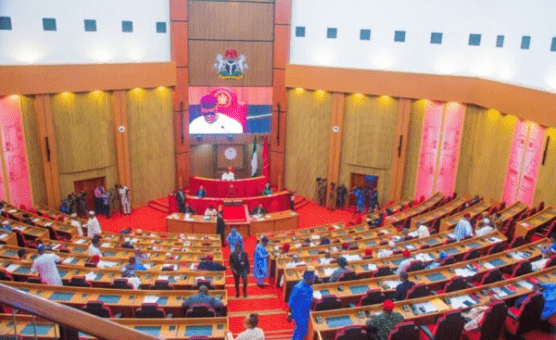
Macro photo of tooth wheel mechanism with PRODUCT, QUALITY, PRICE, DELIVERY, EFFICIENCY, INNOVATION and SERVICE words imprinted on metal surface
Manufacturing output increased by 0.3% in September 2025, following a decline of 1.1% year-on-year in July and 1.5% year-on-year in August. The increase in September exceeds the Bloomberg consensus forecast of a 0.3% decline.
Seasonally adjusted manufacturing output, which is critical for calculating quarterly GDP growth, declined by 0.5% month-on-month after rising by 0.7% in August. As a result, output in the third quarter of 2025 increased by only 0.1%, suggesting that the manufacturing sector’s contribution to GDP growth in the quarter was negligible.
The data released by Statistics South Africa (Stats SA) on Tuesday is based on production volume and sales of the country’s manufacturing sector, tracking its performance over time. It measures the year-on-year and month-on-month changes in production and sales, providing detailed breakdowns by industry division and identifying which sectors are contributing most to overall growth or decline.
ALSO READ: Manufacturing and mining production added to GDP, but no reason for optimism
Manufacturing experiences weak demand
FNB Senior Economist Thanda Sithole said the sector has declined by 1.5% year-to-date (January to September 2025) compared with the same period last year, following a 0.4% decline in 2024.
He added that the decline reflects continued weak domestic and external demand, as well as uncertainty weighing on confidence.
“The manufacturing PMI fell to 49.2 index points at the start of the fourth quarter of 2025, with the new sales orders and business activity indices declining to 48.9 and 49.4, respectively.”
Business conditions in manufacturing
Sithole said the Absa Manufacturing Survey also showed a decline in business conditions, which suggests that surveyed manufacturers have become even more pessimistic about the near-term operating environment.
“Activity is likely to remain subdued in the short term until demand picks up, and structural constraints are sufficiently addressed. In addition, United States tariffs, for which South Africa has yet to secure a resolution, remain a key concern for export competitiveness.”
ALSO READ: Act now to absorb impact of Trump tariffs on SA vehicle manufacturing sector – BLSA
Industries that drove the increase
He noted that the increase in manufacturing output for September was driven by four out of ten divisions.
“The largest contribution was recorded in the motor vehicles, parts and accessories, and other transport equipment division, which expanded by 7.6% year-on-year, adding 0.5-percentage points (ppts), after increasing by 4.5% in August,” added Sithole.
“The rise was primarily driven by a 33.1% surge in motor vehicle production, reflecting base effects after sharp declines around the same time last year.”
Food and beverage
When it comes to the food and beverages industry, output division increased by 1.8% year-on-year, adding 0.5ppts to total growth, with large increases emanating from other food products and beverages.
The petroleum, chemical products, rubber, and plastic products division reflected flat (0%) growth, after increasing by 2.0% in August, as increases in basic chemicals were counter-balanced by declines in rubber and plastic products.
The industries that declined include basic iron and steel, non-ferrous metal products, metal products, and machinery, which dropped by 1.2% year-on-year, after declining by 5.2% in August.
Meanwhile, wood and wood products, paper, publishing, and printing declined by 5.3% year-on-year after declining by 6.2% in August.
NOW READ: Jobs and millions of rands lost – Here’s how Temu and Shein are hurting SA



